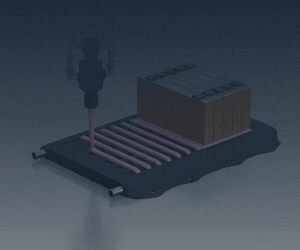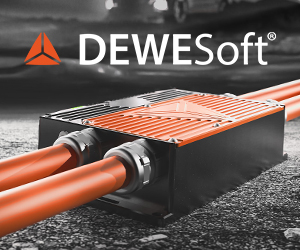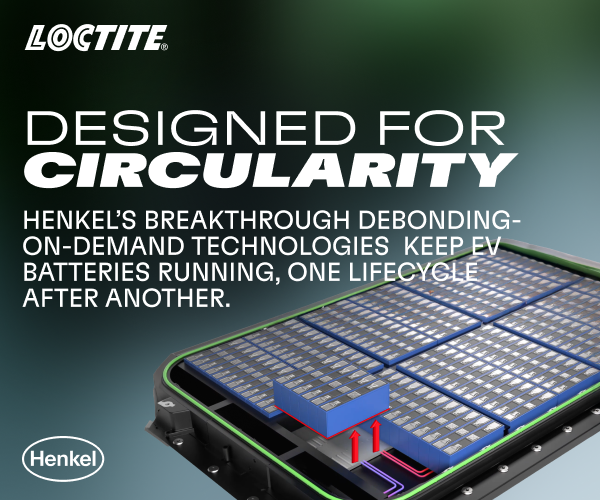Carbon nanotubes drive metal-free motor

(Image courtesy of KIST)
Researchers at the Korea Institute of Science and Technology (KIST) have developed an electric motor without metal, which instead uses carbon nanotubes (CNTs), writes Nick Flaherty.
The metal-free motor is constructed with a core-sheath composite electric cable (CSCEC) using continuous CNT wires and flexible insulating polymers.
The team at KIST achieved electrical performance suitable for a motor using a process called lyotropic liquid crystal-assisted surface texturing. This process enables CNTs to be dispersed evenly throughout a polymer to create wires that can be used in a motor.
“By developing a new concept of CNT high-quality technology that has never existed before, we were able to maximise the electrical performance of CNT coils to drive electric motors without metal,” said Dr. Dae-Yoon Kim of KIST, who led the research.
The highly conductive CNT wires serve as core components in the CSCEC cables. These are fabricated by merging and twisting nine parallel 30 cm long CNT wires with diameter of 256 µm, which are then tightly stretched and subsequently wrapped with a 10 µm thick acrylic adhesive polymer film.
These CSCECs are flexible, making them suitable for use as coils in rotors with 10 turns, and the rotors, consisting of three coils, are assembled with brushes, a commutator and stator.
The conductivity of the CNTs allows the specific rotational velocity of the metal-free motors to be comparable with that of copper-based electrical conductors at the same applied voltages. The rpm of the metal-free motor with CSCECs increased from 540 to 3420 within the range of 2 to 3 V.
The density of CNT wire is only 1.7 g/cm3, which is significantly lower than that of copper wire at 8.9 g/cm3, which gives a difference in specific rotational velocity of just 1.06.
A small-scale motor was used to power a scale model car using the CSCECs to demonstrate its potential as a sustainable, lightweight alternative to conventional metal-based wiring.
Click here to read the latest issue of E-Mobility Engineering.
ONLINE PARTNERS





















